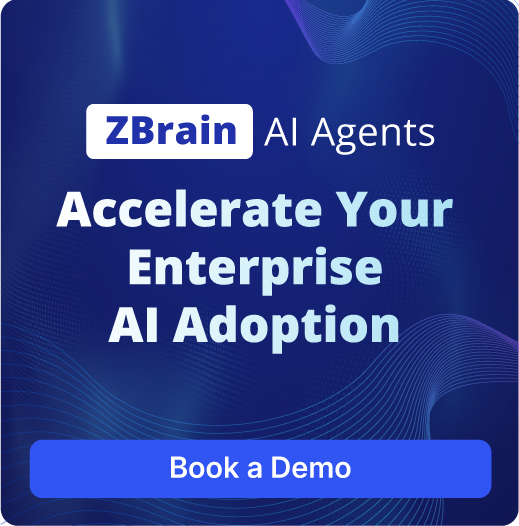
Security Questionnaire Automation Agent
Automates security questionnaire answers using LLMs and a structured knowledge base for faster, consistent, and reliable responses.

Incident Response Agent
Automates initial security incident responses with predefined playbooks for swift containment, eradication, and recovery.

Compliance Monitoring Agent
Monitor compliance 24/7 with alerts for policy deviations, ensuring alignment with security standards.

Security Questionnaire Automation Agent
Automates security questionnaire answers using LLMs and a structured knowledge base for faster, consistent, and reliable responses.

Incident Response Agent
Automates initial security incident responses with predefined playbooks for swift containment, eradication, and recovery.

Compliance Monitoring Agent
Monitor compliance 24/7 with alerts for policy deviations, ensuring alignment with security standards.
Strengthen Information Security Management with ZBrain AI Agents
ZBrain AI Agents for Information Security Management transform IT security operations by automating critical processes such as Incident Response and Compliance Monitoring. These AI-powered solutions improve the efficiency of security frameworks, helping businesses swiftly address threats and meet regulatory requirements. With real-time threat detection and automated responses, ZBrain AI Agents reduce the impact of security incidents, minimizing damage and downtime. They also continuously monitor for compliance with industry standards, easing the burden on IT teams and ensuring that businesses stay aligned with regulatory expectations. The flexibility of ZBrain AI Agents is essential in today’s fast-paced security landscape. These agents efficiently manage complex security tasks, allowing IT professionals to focus on strategic security initiatives rather than routine manual tasks. By automating processes like alert management, event triage, and compliance checks, ZBrain AI Agents help organizations stay ahead of evolving cyber threats while maintaining smooth operations. With ZBrain AI Agents, businesses can strengthen their security posture, reduce administrative workload, and enhance overall productivity.

